 If the installation failed, you need to do this;
If the installation failed, you need to do this;


VMware Horizon 7 version 7.3 provides the following new features and enhancements. This information is grouped by installable component.
For information about the issues that are resolved in this release, see Resolved Issues. Lees verder
 We just announced the general availability of VMware Horizon 7.2 and Horizon Client 4.5. This is a significant release for our flagship product, with improvements across the board—from scalability and user experience to deep technical innovations and improved policy controls. Let us dive straight in and highlight the key technical advances this release delivers. Lees verder
We just announced the general availability of VMware Horizon 7.2 and Horizon Client 4.5. This is a significant release for our flagship product, with improvements across the board—from scalability and user experience to deep technical innovations and improved policy controls. Let us dive straight in and highlight the key technical advances this release delivers. Lees verder
Today VMware announced vSphere 6.5, which is one of the most feature rich releases of vSphere in quite some time. The vCenter Server Appliance is taking charge in this release with several new features which we’ll cover in this blog article. For starters, the installer has gotten an overhaul with a new modern look and feel. Users of both Linux and Mac will also be ecstatic since the installer is now supported on those platforms along with Microsoft Windows. If that wasn’t enough, the vCenter Server Appliance now has features that are exclusive such as:
We’ll also cover general improvements to vCenter Server 6.5 including the vSphere Web Client and the fully supported HTML5-based vSphere Client.
 VMware Horizon 7.0.2 is here with a number of fixes and new features. I will document the upgrade process of my 7.0.0 lab in a separate post, including the Linux Desktops (which haven’t been updated since the unmanaged process from Horizon 6) from unmanaged to managed desktops.
VMware Horizon 7.0.2 is here with a number of fixes and new features. I will document the upgrade process of my 7.0.0 lab in a separate post, including the Linux Desktops (which haven’t been updated since the unmanaged process from Horizon 6) from unmanaged to managed desktops.
>>> Release Notes <<<
>>> Downloads <<<
VMware Horizon 7 announced today is a real (re)evolution of the product. Just-in-time desktops are in! Feature known as Project Fargo (it’s a very lightweight VM because it shares all memory and disk with the original.) or also called vmFork technology which allows to provision desktop from parent desktop in just few seconds…. So in Horizon View 7 there is no more composer, and no more recomposing operations. Desktop admin folks know what this is about… Also Blast get’s enhanced with Blast Extreme allowing up to 4K resolutions on client’s devices.
Identity manager takes over and in this release, where users can authenticate via different credential options and then they just select any windows desktop or application without the need to present AD credentials.
Horizon client 4.0 has been announced, for all platforms (Linux, Windows, Mac, iOS or Android). Details in this post. I have the feeling that VMware has had to throw in some massive development force because the product offering just gets larger and larger with different platforms accessing the Horizon View product. So when you look at all what’s new, it’s just … huge. But let’s get started. This is an exciting day…
Massive scale improvement – Cloud pod architecture can now have up to 10 Horizon PODs across up to 4 sites with a maximum 50 000 destkops. It’s two and a half number increase than in Horizon 6.2.1.
More Flexible entitlements – The cloud pod architecture (CPA) allows site assignment for nested AD security groups.
Better Failover Support – In case the home site resources are exhausted or not available, the user will be automatically redirected to available desktop at other site.
VMware Identity Manager Integration – Identity manager is integrated with CPA, where it will present the destkops or applications available from any CPA Pod.
Instant Clones details – the vmFork technology. Instant Clones leverage VMware vmFork technology
Instant clones can be persistent or non-persistent.
The desktop is destroyed at the time of user logoff. A new, fresh and updated desktop is created and ready for the next user log in.
No need to do maintenance (recompose)
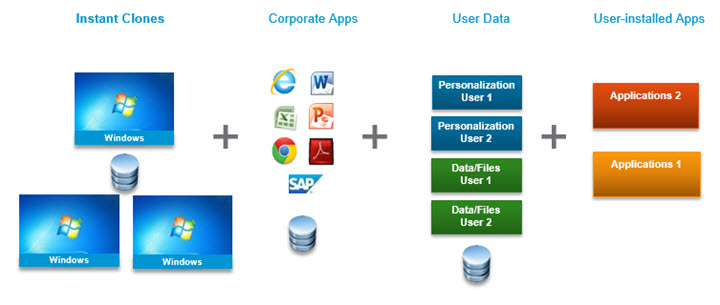
Instant Clones limitations – there are some limitations in the v1.0 release. For example, only floating desktops are supported. No dedicated desktops for now, but v2 shall have it. Also no RDSH or Apps support, only VDI. The scale is up to 2000 desktops with single vCenter, single vLAN only.
Smart Policies – customization desktops on location and user’s identity in real time (during the session). The desktop is personalized at boot on, but due to the constant monitoring it’s possible to add/remove function on-the-fly by applying a policy.
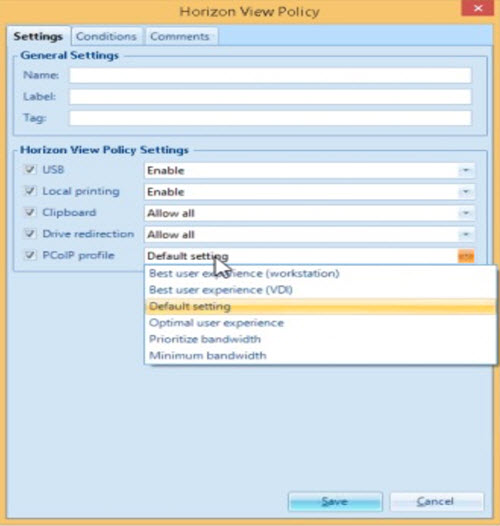
The workflow:
Desktop admin uses UEM console to create policies which are applied to group of desktops. The administrator allows or disables desktop features such as USB, Local Printing, Clipboard access, and Drive Redirection. The policies can be applied based on a set of conditions:
The authentication on Horizon 7 is done through VMware Identity Manager which uses different ways of identifying users. Users can select any Windows desktop or app without to present AD credentials.
The True SSO technology uses SAML for connecting Identify provider’s (IdP) authentication with the user’s UPN for access to AD credentials. True SSO generaes unique, short-time certificate to manage the Windows logon process.
Advantages:
How it works – Identity manager is able to be configured for use with many authentication methods (SecurID, RADIUS, Biometric) and after user’s authentication, the user selects a desktop or application which he wants to start.
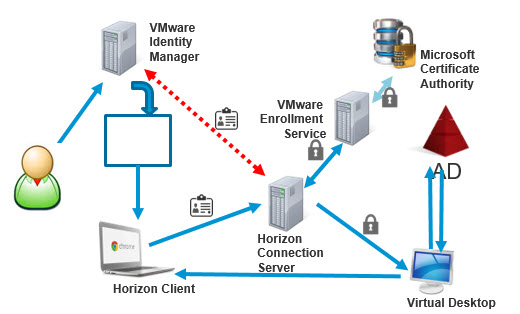
The hardened appliance get stronger, updated. It’s an alternative to security server. Can be configured for RADIUS or RSA SecurID. Support for smart card identification. User gets identified within the DMZ.
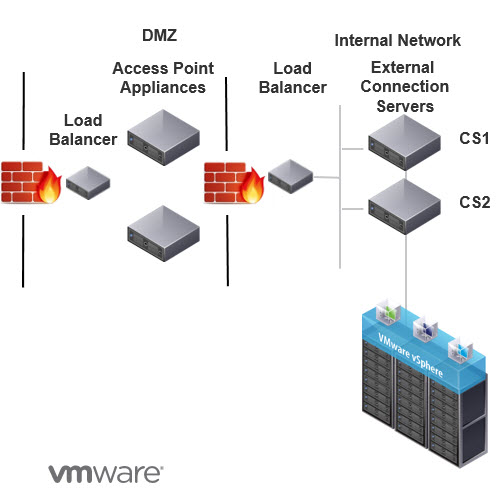
Supports SAML pass-thru where forward third party authentication to Horizon servers.
 Improvements in v7
Improvements in v7AMD Graphics support for vSGA
You can share single GPU with up to 15 users for efficient 3D applications where the native AMD driver is used and which offer 3D and multimedia over vSGA.
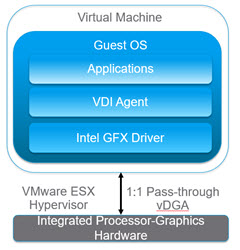 Intel vDGA Graphics support with Intel Xeon E3 – Support for CPUs with integrated Iris Pro GPU and compatible with Intel Graphics Virtualization Technologies (Intel GVT-d), with support up to 3 monitors per user.
Intel vDGA Graphics support with Intel Xeon E3 – Support for CPUs with integrated Iris Pro GPU and compatible with Intel Graphics Virtualization Technologies (Intel GVT-d), with support up to 3 monitors per user.
This is in tech preview (supports only server-side fetch of the flash content). It allows to redirect flash content from the server to the client in order to get decoded and rendered locally.
Allows the flash streaming content play more smoothly with lower bandwidth and CPU usage at the server side…
Local and network printing is up to 4x faster.
Scan and serial port redirection supported, where the scanner redirection supports TWAIN and WIA stndards on Windows clients. Serial port redirection allows serial port redirection from the client to the server.
Allows to redirect URL from VDI to the local browser. Admin can configure policies to control whether user can access the content with application on the server or the client. Supports HTTP and HTTPs. Can be usefull for customers which needs to separate interrnal browsing from external browsing domains. Allows to secure the environment because content which is potentially dangerous is executed on the client computer instead on the VDI desktop.
Admin can configure GPO which does restrict the content that will be opened in a browser inside VDI over Browser on the client’s PC.
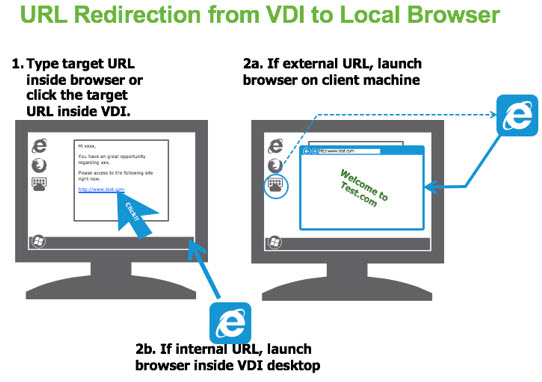
Optimized for mobile. All existing Horizon View remote features works with Blast extreme and latest horizon 4 clients. (read bellow about new horizon 4 clients). Blast extreme has lower requirements on bandwidth.
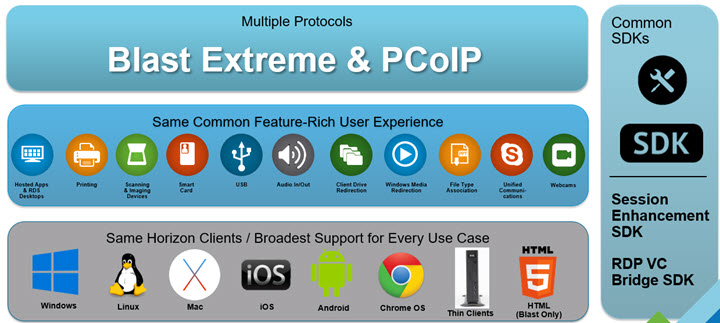
Blast extreme is optimized for NVIDIA GRID allowing very good graphics even on lower cost PCs allowing better frame rate, higher server scalability, reduced latency or better bandwidth 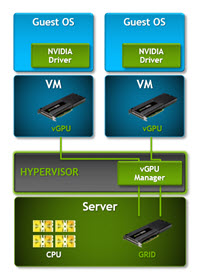 optimization. Allows up to 4K resolution !!!
optimization. Allows up to 4K resolution !!!
Newly announced horizon clients 4.0 for Windows, Linux, Mac, OSx.. everything…
Horizon Client 4.0 Windows – has full support for PCoIP and Blast Extreme. Hardware acceleration.
VMware Horizon Client MAC – support Blast Extreme and PCoIP
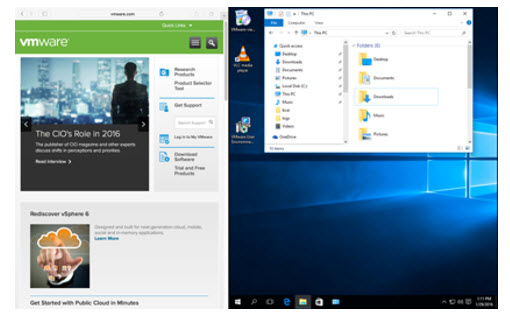
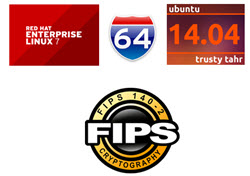 Linux Client 4.0 – Now supports RHEL 7.2 x64 and Ubuntu 14.04 x64
Linux Client 4.0 – Now supports RHEL 7.2 x64 and Ubuntu 14.04 x64
IOS Client 4.0 – can also use split view on iPad Air 2 and iPad Pro
Android Client 4.0 – allows accessing the environment via Android Fingerprint (if enabled and if Android 6.0 and higher or Horizon 6.2 with biometric auth. enabled)
Chrome OS Client 4.0 – support too Blast extreme and PCoIP. Possibility to access Google drive and USB storage in remote apps and desktops with client drive redirection.
HTML Access 4.0 – support now Linux desktops, works with mobile Safari on iOS devices. Also F5 APM (Access Policy Manager (APM) ) is supported.
This mode has been announced as a new platform which allows to run the control plane in the cloud.
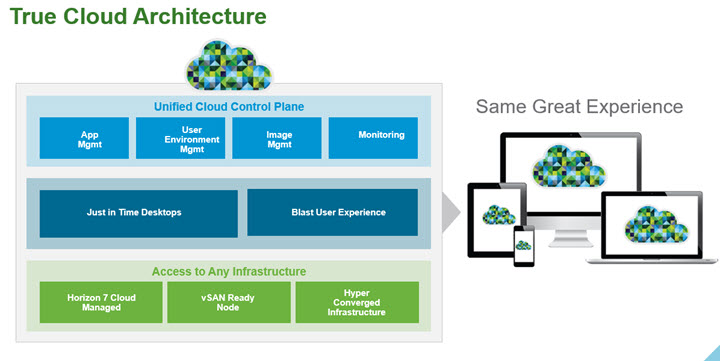
VMware certainly brought many innovations to life in this major release of Horizon 7. This is certainly one of the biggest releases of Horizon so far. Perhaps because there is not much to invent in the core hypervisor or virtualization technologies, except new VSAN 6.2 features annouced, but VSAN is storage…
While few years back we could assist on really innovative releases of vSphere, since vSphere 5.5 the rhythm of acceleration has lowered a bit. But not everything is working as it should with vSphere web client not satisfying many customers because of it’s slowness, browser integration plugins gotchas and legacy Flash requirements.
 What’s New in Release 2.10?
What’s New in Release 2.10?
Je moet ingelogd zijn om een reactie te plaatsen.